Were it not for COVID-19, Paralympian Takanori Yokosawa would be counting down with pure excitement to Aug. 24, the start of the pandemic-delayed Tokyo Paralympics — an event many once hoped would be a major moment of national celebration of disability sports in Japan.
For Yokosawa, the Paralympics marked the culmination of his miraculous comeback from the trauma he experienced in 1997, when a debilitating motorcycle accident left him permanently paralyzed from the waist down, ending his career as a motocross rider. Subsequent rehabilitation opened his eyes to the fulfillment of being a sit ski athlete, and in 2010 Yokosawa competed in the Vancouver Winter Paralympics as a member of Japan’s alpine skiing team.
But now, with the Paralympics less than a week away, Japan is nowhere near as festive as he may have once imagined, as public skepticism toward the event lingers amid spiraling virus cases — or if anything is deepening because of that. The daily tally of COVID-19 cases in Tokyo is now regularly at its highest level ever, repeatedly soaring past 5,000 — a figure that was almost unthinkable just a few months ago.
“This is the worst possible timing to hold the Paralympics. ... If the number of cases keeps rising and our health care system continues to be strained, we may have to discuss whether to hold it at all,” Yokosawa, now a lawmaker of the opposition Constitutional Democratic Party of Japan, said in a recent interview with The Japan Times.
“It’s truly disappointing that we’re now in a situation where there is no all-out public support for the event,” he said.
Yokosawa’s distress echoes the sentiments of many who are torn between their expectations for the powerful role the Paralympics can play in sending a message of inclusiveness, and their concerns over a virus that has engulfed Japan with its biggest surge ever and pushed its medical system to a critical point.
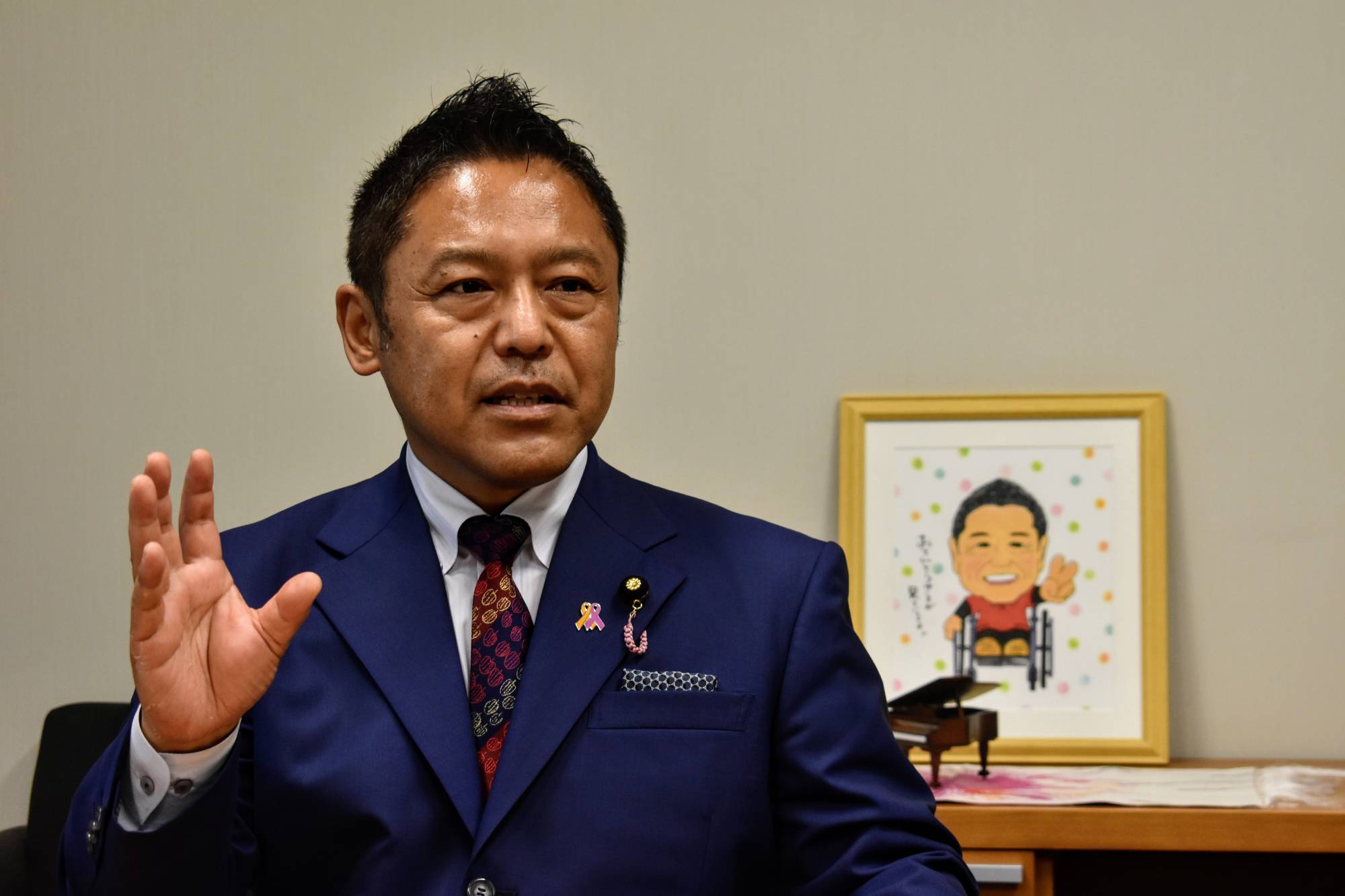
Virus control is of paramount importance for the Paralympics: Some athletes wrestle with underlying conditions and weakened respiratory systems, raising their risk of developing severe symptoms from the coronavirus. Their need for personal care assistants sometimes makes social distancing impossible too.
About 4,400 athletes from close to 160 countries will compete at the Paralympics. Of these, 255 represent Japan, according to the Japanese Paralympics Committee (JPC).
A so-called playbook unveiled by the Tokyo Organising Committee doesn’t distinguish risk mitigation protocols for the Paralympics from those for the Olympics. It asks athletes to, among other things, wear masks, wash hands thoroughly and maintain a distance of 2 meters from others whenever possible. Exceptions can be made in cases such as those where athletes require personal care assistance incompatible with social distancing, or when masks need to be removed in order for athletes to read lips or hear better, the playbook said.
“Since Paralympic athletes need to rely on the support of others, it’s inevitable that they come into physical contact with others more often than Olympic athletes and therefore expose themselves to a greater risk of infection,” Yokosawa said.
This is particularly true of competitors in boccia, a precision ball sport initially devised for those with cerebral palsy and played today by athletes with severe physical disabilities. A game of high strategy and wits, boccia has no Olympic counterpart.
Hiroko Miura, a public relations official from the Japan Boccia Association, said that although there is no evidence that patients with cerebral palsy are particularly susceptible to severe disease from COVID-19 due to the disability, boccia athletes are nonetheless mindful that they need to take extra care.
“Some of our athletes have weakened muscles and lung function, including those estimated to have the same lung strength as people in their 80s or 90s,” Miura said. “So what we’re telling them is that they need to take precautions because they have the same risk that older residents do of falling severely ill from the virus.”
Miura said she is not particularly worried that the Paralympics will be a superspreader event, deriving her confidence from the lack of explosive infections within the Olympics “bubble” and the expertise her association has built in defending athletes against the virus. In helping them bathe, for example, their personal care assistants have been instructed to don single-use personal protective gear, gloves and masks to make up for the lack of social distancing.
This is one example of a measure that “we have implemented in our training camp ahead of the Paralympics and learned is effective in preventing infections,” Miura said. "We’ll simply repeat those once the event starts."
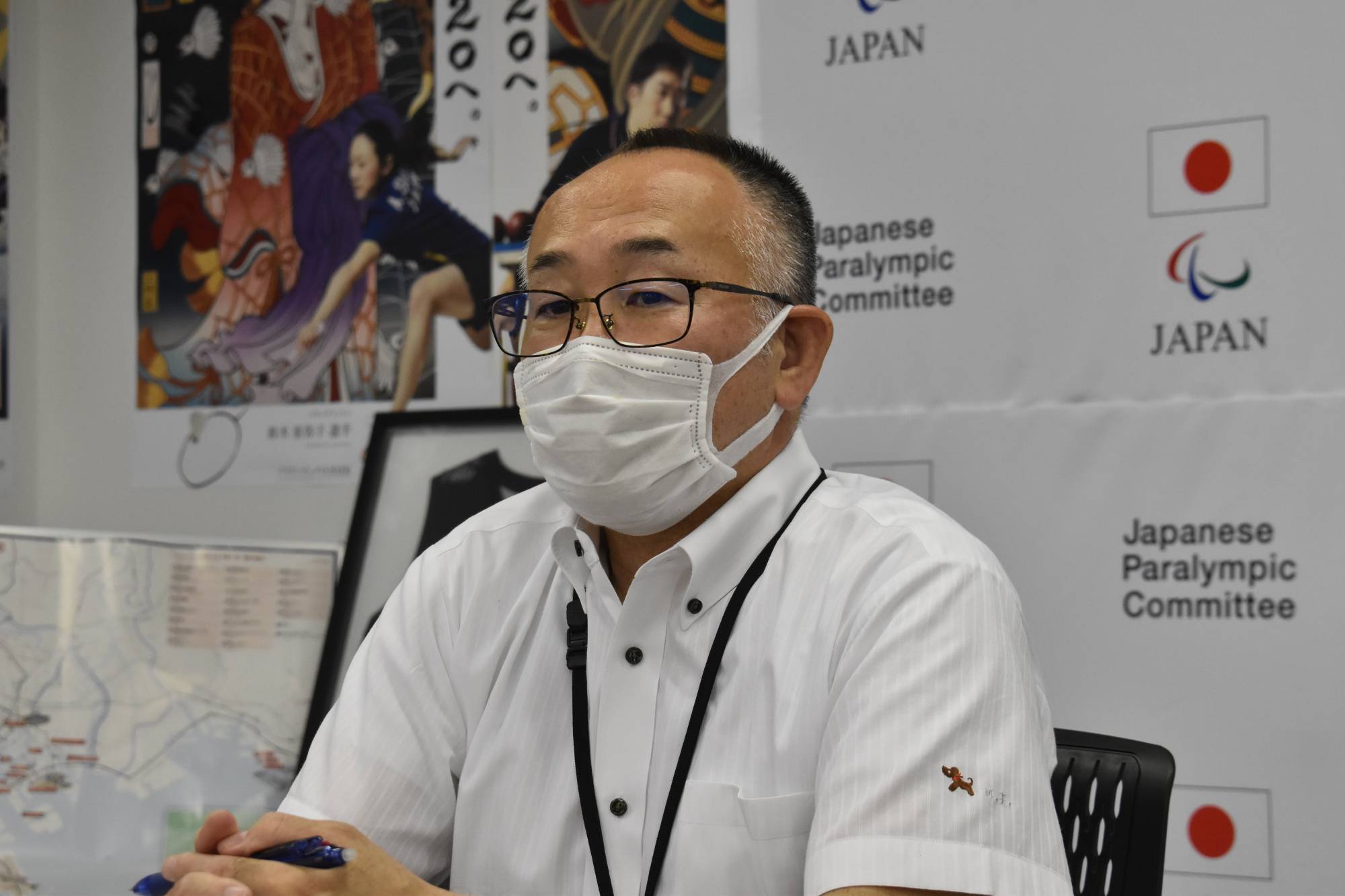
It remains to be seen, however, how much the prospect of a “safe Paralympics” has resonated with the public.
A Jiji Press opinion poll released on Aug. 13 indicated support for the event is lukewarm at best, with 68.1% saying the Paralympics should be held without spectators — as opposed to just 6.7% who said spectators should be let in — while 20.9% called for their postponement or cancellation.
Even those who would normally hail the Paralympics as the perfect opportunity to give athletes with disabilities a publicity boost are ambivalent about whether it should go ahead.
One of them is Mari Nagaoka, a power wheelchair soccer player in Yokohama, who has spent the entirety of her life with a genetic disorder known as spinal muscular atrophy.
Although her sport is not designated as part of the Paralympics competition, the athlete in her has high hopes for the Paralympics, she said.
“I do want it to go ahead. ... Because of the pandemic, the situation is certainly unique, but parasports have long been in the shadows in our society, and I hope the event will boost their profile,” she said.
But at the same time, there is another part of her that is acutely aware of how terrifying COVID-19 can be. Nagaoka, who has weakened respiratory systems and sleeps with a ventilator to let her lungs rest every night, has taken pains to protect herself against the virus.
She and her teammates no longer practice together at a gymnasium. Instead, she now trains alone at a local park, where she repeatedly drives her motorized wheelchair into a soccer ball and pursues it wherever it goes — even though that means her wheelchair tires have been ruined by the rough concrete and she has had to brave freezing winds and scorching heat while practicing.
“When I think about the Paralympics as a citizen, not as an athlete, I feel that holding it at this point is a risky choice,” she said.
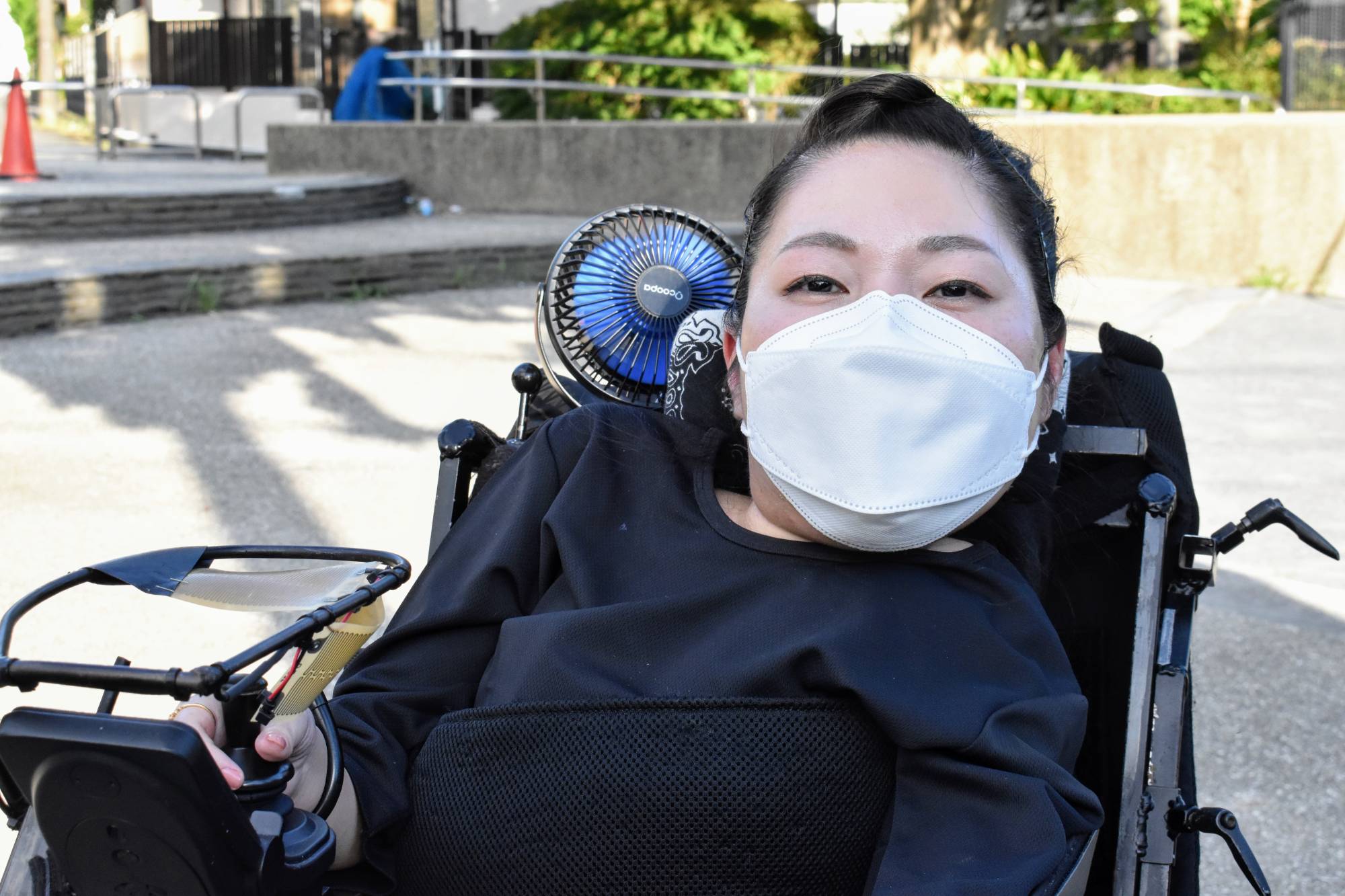
The dilemma voiced by Nagaoka is exemplified by the fact that organizers officially decided during four-party talks Monday to shut out general spectators from the two-week event at all venues, while still greenlighting an education program that allows elementary to high school children to watch contests live.
Tomohiro Ida, secretary-general of the JPC, expressed hopes before the decision that the Paralympics, at the very least, would be made open to schoolchildren.
“There are athletes with below-the-knee prosthetic legs who can long-jump about 8.5 meters — there is only so much that TV screens can convey about the sheer force of their speed and jump,” Ida said. "The same goes for the metallic sound of rugby players in wheelchairs hitting hard against each other."
“I think being able to watch these scenes in person would be significant,” he said. "The more you’re convinced people with disabilities are more ‘limited’ than those who aren't disabled, the more you’re likely to be surprised by the impact of what you see and inclined to change your preconceptions about disabilities."
Such a view is echoed by Paralympian Yokosawa, who knows firsthand how empowering the Paralympics can be — and how much it means to athletes.
Compared with nondisabled sports, Yokosawa said, it isn’t often in Japan that professional sports for athletes with disabilities get airtime on TV, except for occasional mentions during news programs.
“No event can glue the world’s attention to athletes with disabilities like the Paralympics,” Yokosawa said.
“Olympics athletes, too, push themselves to the limit, but Paralympic athletes try to make the best of what is left of them, complement what they lack with the help of equipment and their supporters and make the impossible possible,” he said.
“There is something about all this that makes us feel the power of being alive.”



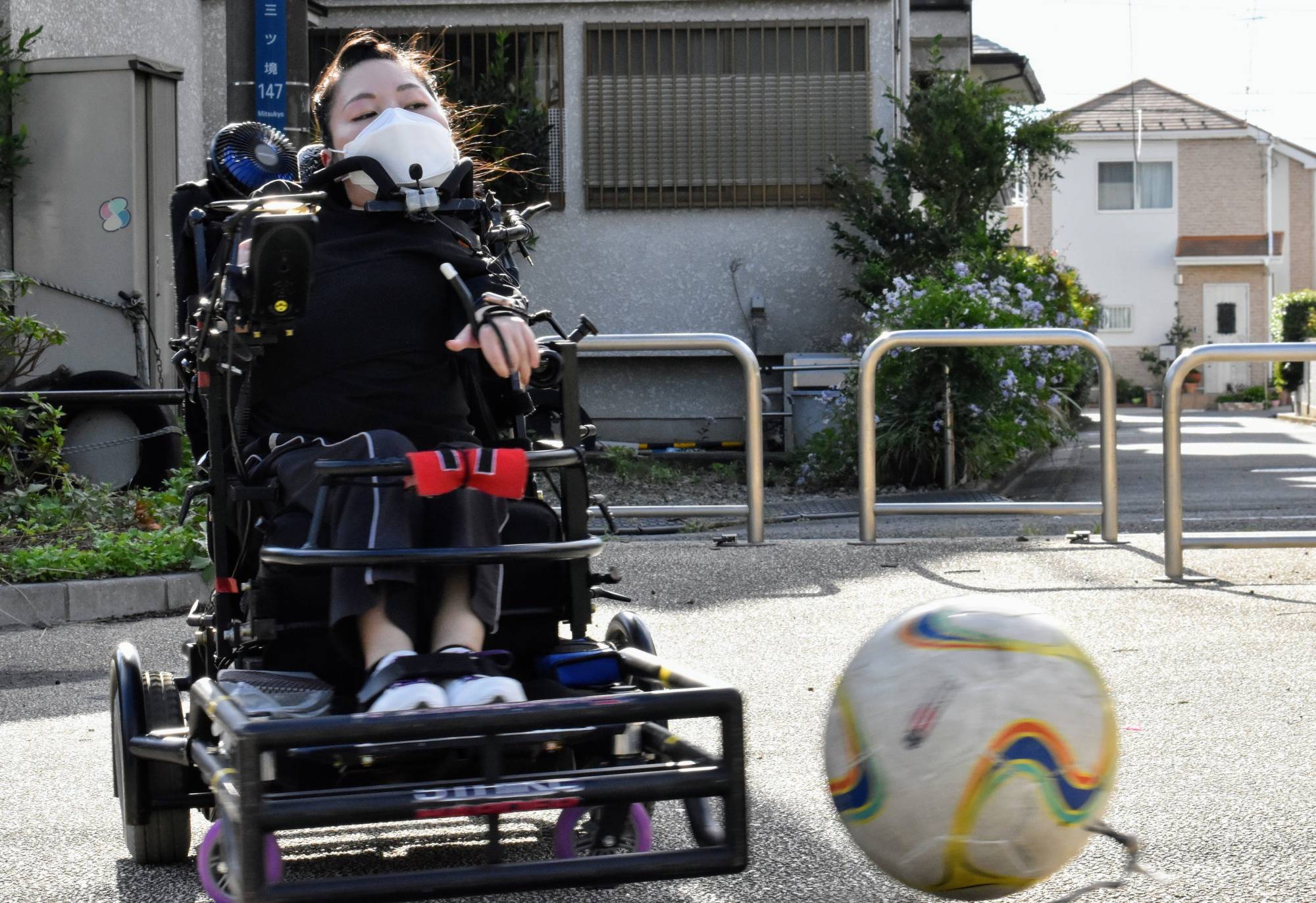
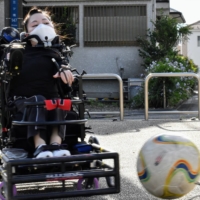
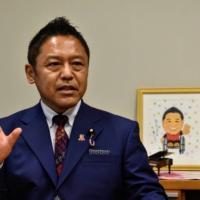
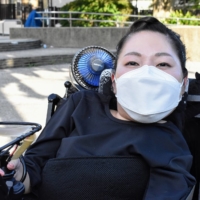
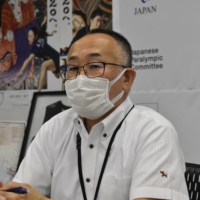













With your current subscription plan you can comment on stories. However, before writing your first comment, please create a display name in the Profile section of your subscriber account page.